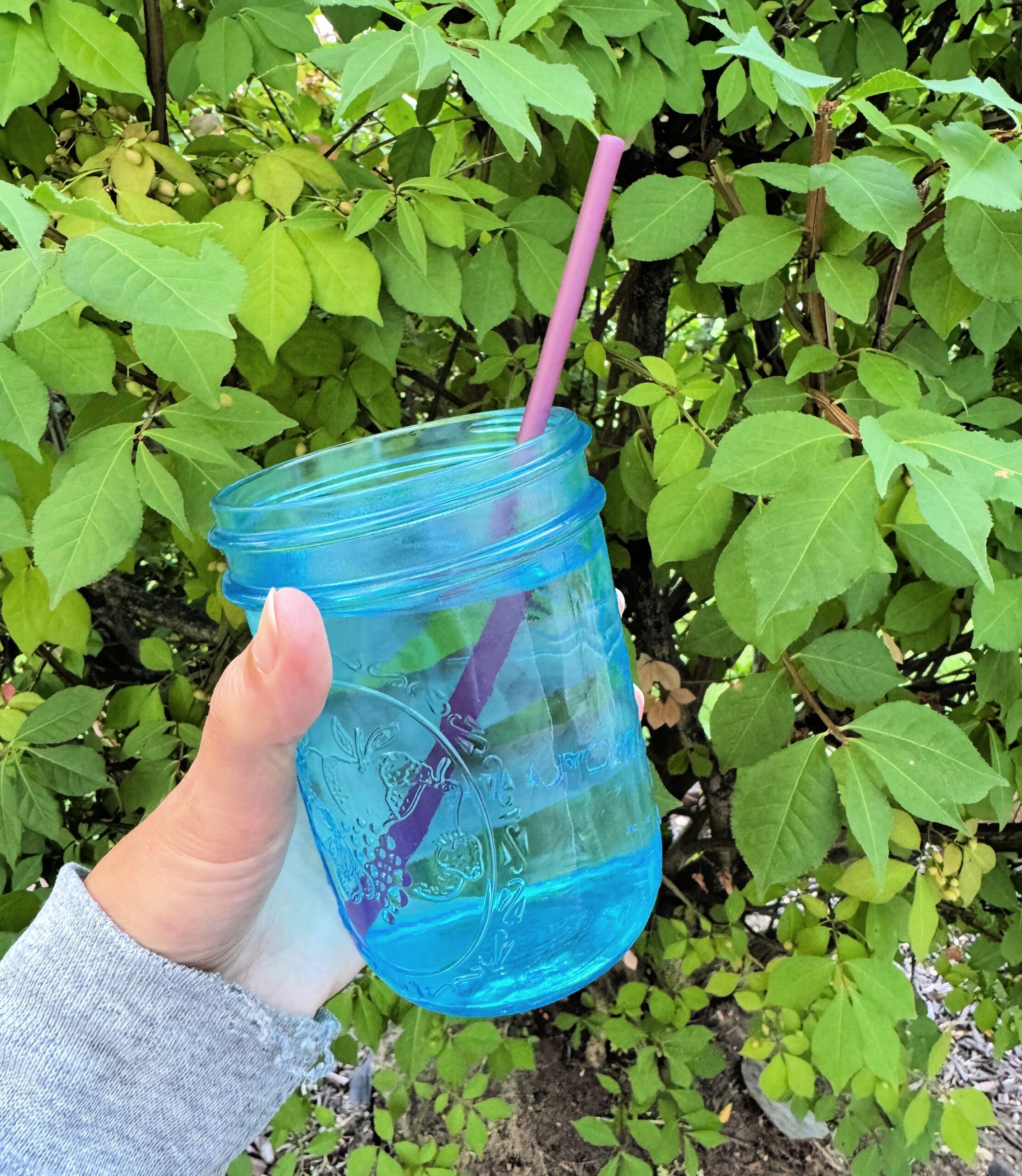As cities continue to grow, so does the demand for sustainable solutions that address the environmental challenges of urban living. One innovation gaining momentum is the green roof, an eco-friendly roofing system that integrates vegetation into the built environment. Green roofs are more than just a visual upgrade; they are transforming cityscapes into living ecosystems that provide a range of environmental, economic, and health benefits.

What Is a Green Roof?
A green roof is a layer of vegetation planted over a waterproofing system that’s installed on top of a flat or slightly sloped roof. These systems typically include root barriers, drainage layers, soil substrates, and a variety of plant species. There are two main types: extensive green roofs, which are lightweight and low-maintenance with shallow soil and hardy plants, and intensive green roofs, which are deeper, heavier, and often resemble rooftop gardens with trees and walkways.
Environmental Benefits
Green roofs are powerful tools in combating the urban heat island effect, a phenomenon where cities become significantly warmer than surrounding rural areas due to heat-absorbing materials like asphalt and concrete. Vegetative roofs cool the air through evapotranspiration and provide natural insulation, helping to reduce indoor cooling demands.
They also play a vital role in stormwater management. Traditional rooftops contribute to runoff that can overwhelm drainage systems, but green roofs absorb rainwater, reducing the risk of flooding and water pollution. In fact, some systems can retain up to 80% of rainfall during a storm.
Additionally, green roofs improve air quality by filtering pollutants and capturing airborne particles. Plants also absorb carbon dioxide and release oxygen, enhancing the overall atmospheric conditions in dense urban environments.
Economic and Structural Advantages
Beyond the environmental impact, green roofs contribute to long-term cost savings. By insulating buildings, they reduce heating and cooling costs throughout the year. They also extend the lifespan of roofing membranes by shielding them from UV radiation and extreme temperature fluctuations, potentially doubling or even tripling the life of a roof.
Green roofs can also increase property values. As sustainability becomes a priority for businesses and homeowners alike, buildings with eco-conscious features stand out in the market. In commercial spaces, green roofs can serve as amenities, offering recreational or relaxation areas for tenants and employees.
Improving Urban Living
Incorporating greenery into rooftops also contributes to urban biodiversity, making it one of the many Eco-friendly roofing options available today. Birds, bees, butterflies, and other pollinators can thrive in these elevated ecosystems. Moreover, green roofs offer aesthetic value and create opportunities for community gardens or social spaces in otherwise unused areas.
As mental health and well-being become central to urban planning, studies show that access to green space can reduce stress and improve mood. This is especially beneficial in densely populated areas where access to nature is limited.
Conclusion
Green roofs are no longer niche, they’re becoming a cornerstone of sustainable urban development. As building codes and incentives evolve to support green infrastructure, more cities are embracing eco-friendly roofing as a standard practice rather than an exception. With their ability to combat climate challenges, enhance livability, and create greener skylines, green roofs are indeed transforming the future of our urban landscapes, one rooftop at a time.


Leave A Comment